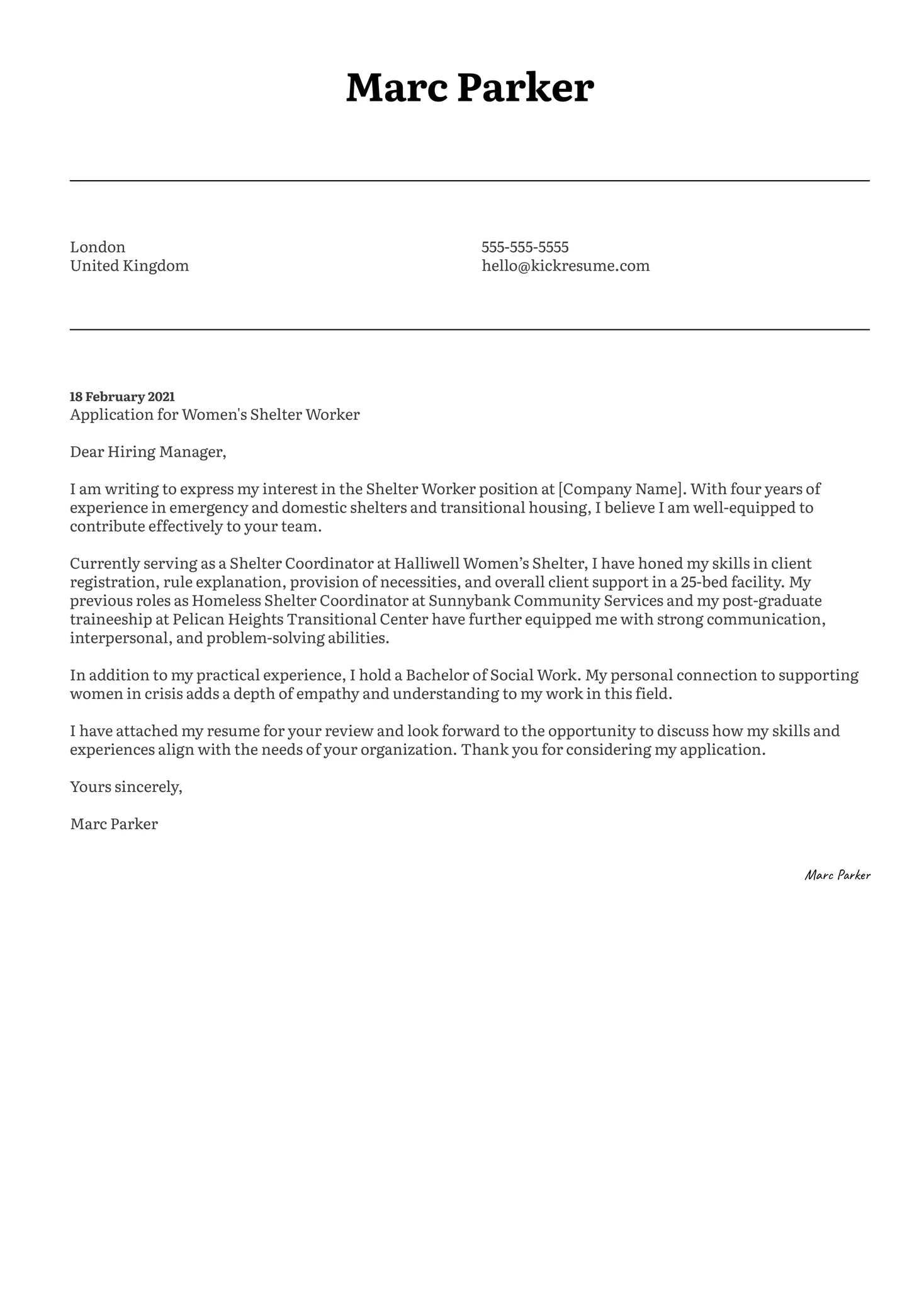Understanding the Role of an Animal Shelter Employee
Working at an animal shelter can be a rewarding experience, filled with opportunities to make a difference in the lives of animals in need. However, before you write your cover letter, it’s crucial to understand the multifaceted nature of the role. Animal shelter employees are often the primary caregivers, advocates, and sometimes, the last hope for animals awaiting adoption. This involves a significant commitment to animal welfare, requiring both physical stamina and emotional resilience. They must be prepared to handle a variety of situations, from routine care tasks to emergency medical assistance, all while maintaining a positive and compassionate demeanor. Understanding these core aspects ensures your cover letter resonates with the shelter’s values and demonstrates your genuine interest in the position. It shows you’re not just looking for a job but are committed to the well-being of the animals.
Common Tasks and Responsibilities
Animal shelter employees undertake a wide range of responsibilities. These include feeding and watering animals, cleaning their living spaces, and providing necessary medical care under the supervision of veterinary staff. Socialization and enrichment are also key tasks, involving playtime, training, and interaction to improve the animals’ quality of life and adoptability. Additionally, employees often assist with administrative duties like answering phones, scheduling appointments, and managing adoption paperwork. Some may also be involved in fundraising activities and community outreach programs to promote animal welfare. Successfully navigating these responsibilities indicates your adaptability and willingness to take on various tasks, crucial aspects for any potential candidate. This versatility is a significant advantage when applying for a position, especially if you are eager to learn and contribute in multiple areas.
Skills Needed to Succeed
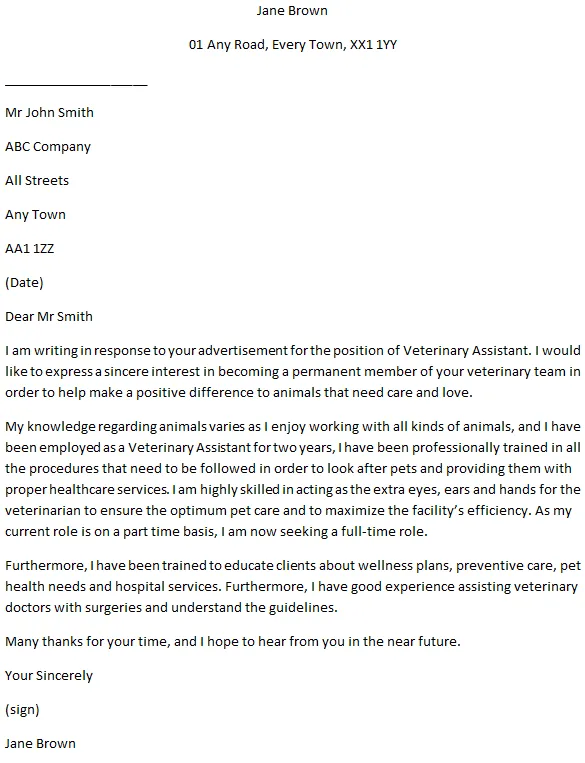
While experience is valuable, many animal shelters also value a range of soft skills. Excellent communication skills are essential, as you’ll interact with colleagues, volunteers, potential adopters, and the public. Compassion and empathy are non-negotiable qualities, allowing you to connect with the animals and understand their needs. Patience is also critical, as animals may require time and understanding to adjust to new environments and people. Physical stamina is necessary for the demanding physical tasks involved in animal care. Moreover, basic problem-solving skills, the ability to work independently, and a team-oriented attitude are highly valued. Demonstrate these skills in your cover letter to show you can thrive in the animal shelter environment, even without prior experience. These are all equally important to technical skills.
Crafting Your Cover Letter
The cover letter serves as your introduction to the animal shelter, making a strong first impression. It’s your opportunity to showcase your personality, passion, and the skills you possess, even if you lack direct experience. The letter should be well-structured, highlighting your relevant abilities and demonstrating your genuine interest in animal welfare. Tailoring the letter to the specific shelter is important. Research the shelter’s mission, values, and programs, and address how your skills and interests align with their goals. This personalized approach demonstrates that you’ve taken the time to understand the organization, making your application more compelling. A well-written cover letter is an important step towards getting your foot in the door.
Header and Contact Information
Start your cover letter with a professional header. Include your full name, address, phone number, and email address. Directly below this, add the date, followed by the hiring manager’s name and title if you know it, and the shelter’s name and address. Using the hiring manager’s name shows attention to detail and a personal touch. Ensuring all contact details are accurate and up-to-date is crucial. Proofread carefully to avoid any errors that could lead to missed communication. A well-formatted header reflects your organizational skills and attention to detail, qualities that are highly appreciated in any work environment, including an animal shelter.
Opening Paragraph and Hook
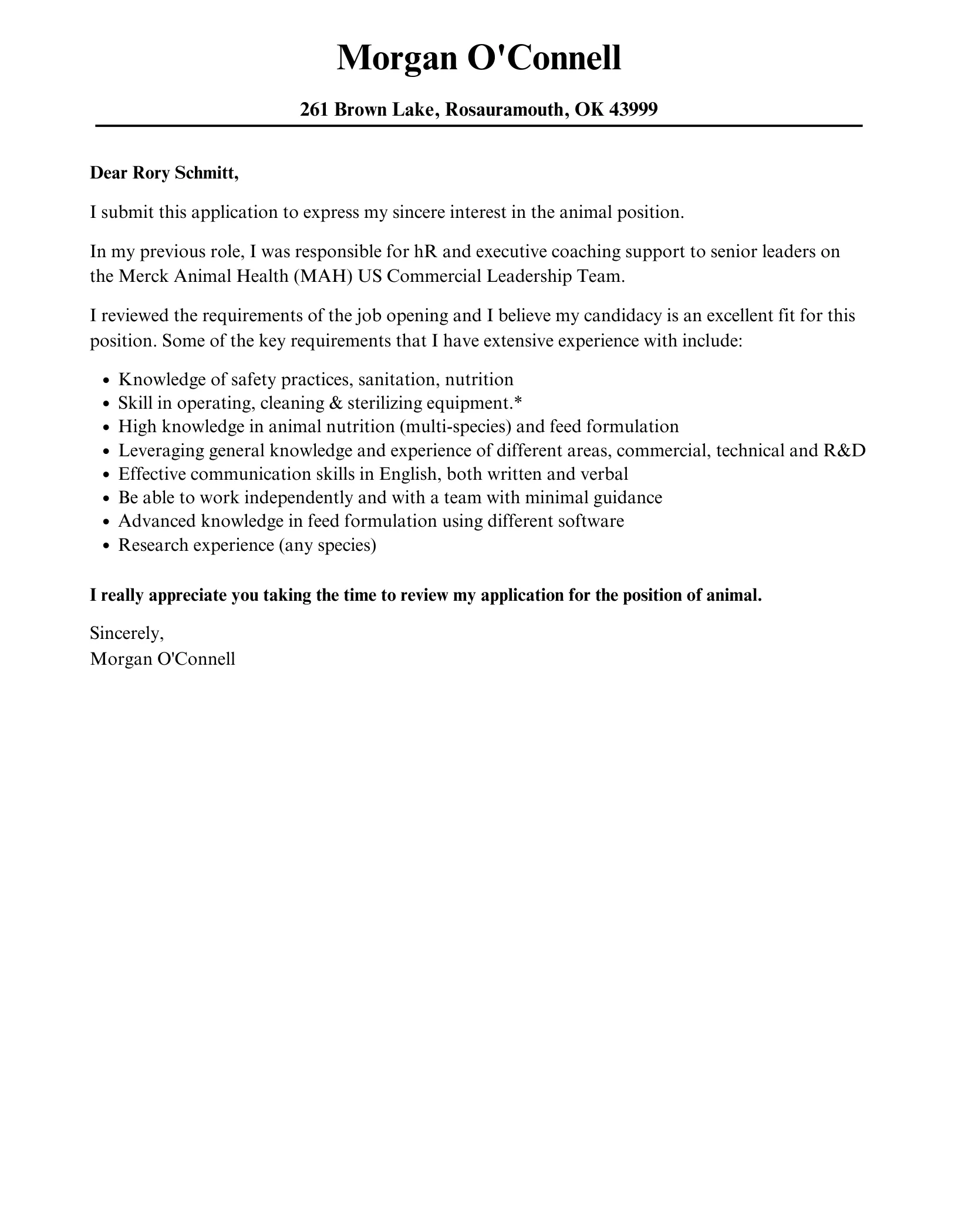
The opening paragraph should grab the reader’s attention immediately. Express your interest in the position and the shelter. If you’ve seen a specific animal that caught your attention, mention it! State why you are writing and briefly mention your qualifications or the transferable skills you possess. Avoid generic statements; instead, inject personality and enthusiasm. An enthusiastic and well-crafted opening demonstrates your passion for animal welfare and your eagerness to contribute to the shelter’s mission. This opening sets the tone for the rest of your letter and encourages the hiring manager to continue reading, wanting to learn more about you and your qualifications.
Highlighting Transferable Skills
If you lack direct animal shelter experience, emphasize your transferable skills. These are abilities gained in other roles that can be applied to the new position. Examples include communication, customer service, organizational skills, and teamwork. Describe how you’ve used these skills in previous experiences, providing specific examples. For instance, if you volunteered at a community event, detail how you interacted with the public or managed event logistics. If you have experience with any kind of animal, write about it and what you did! Make sure your skills align with the requirements outlined in the job description. This approach proves you are a suitable candidate even without previous shelter work, providing compelling evidence of your ability to excel in the role. This shows them you’re a great fit!
Showcasing Passion and Enthusiasm
Your passion for animals should be evident throughout your cover letter. Share your personal connection to animals, whether you’ve grown up with pets or have a deep love for animal welfare. Explain why you’re drawn to working at an animal shelter and what motivates you to make a difference in their lives. Include any volunteer work, fostering experience, or involvement in animal-related causes. This demonstrates your genuine commitment and willingness to go the extra mile. Enthusiasm shows potential employers your drive. Showing your dedication is crucial, especially when seeking a role that emphasizes compassion and care. This makes you an ideal candidate.
Tailoring Your Letter to the Shelter
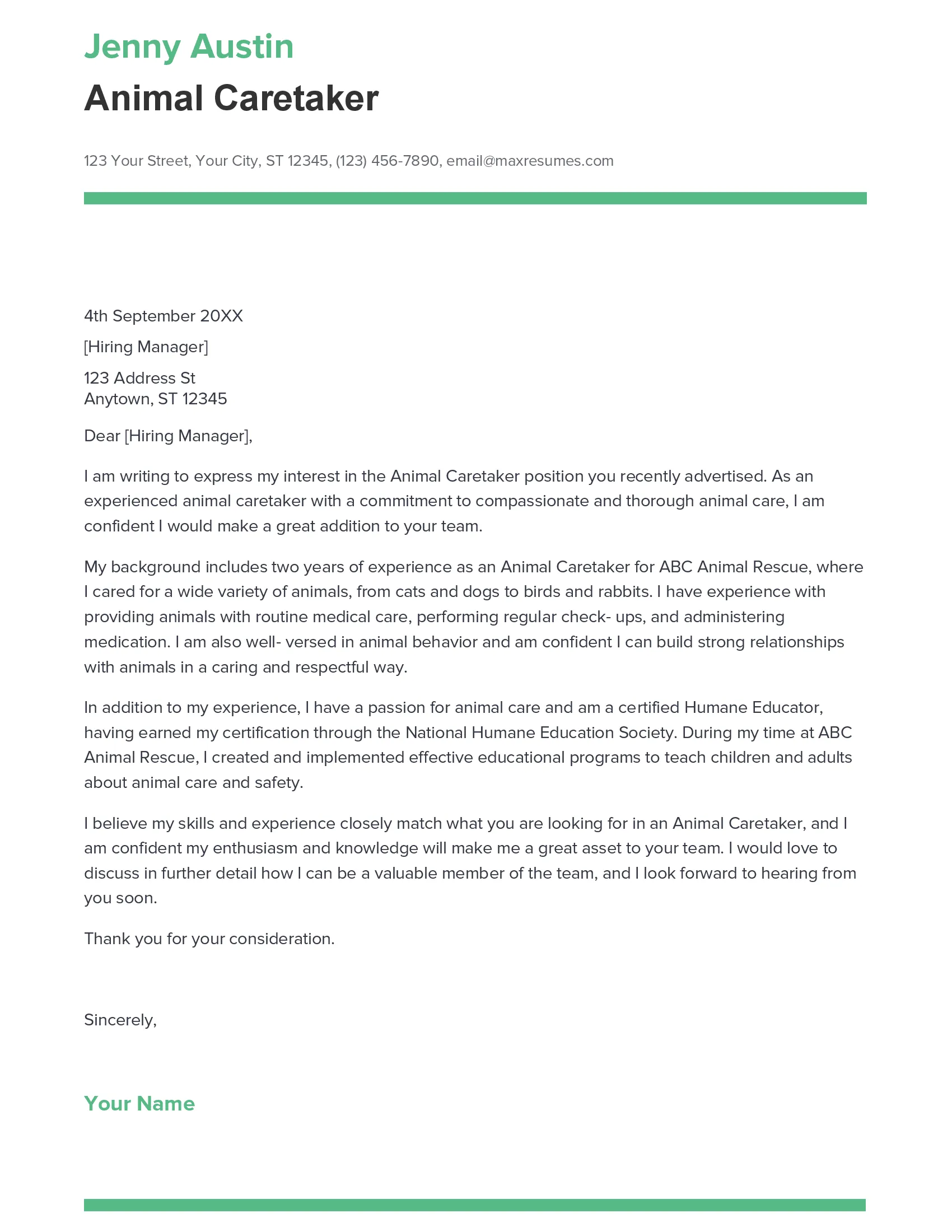
Customize your cover letter for each shelter you apply to. Research the shelter’s mission, programs, and values. Mention specific aspects of the shelter that resonate with you and explain why you’re interested in contributing to their work. If the shelter has a particular focus (e.g., cat rescue, dog training), highlight your related skills or interest. Demonstrate your understanding of the shelter’s needs and how your skills can benefit them. A tailored cover letter demonstrates your serious interest in the position. This personalized approach makes your application stand out and increases your chances of getting an interview.
Formatting Your Letter
Maintain a professional format throughout your cover letter. Use a standard font like Times New Roman or Arial, with a font size between 10 and 12 points. Keep the letter concise and easy to read, typically no more than one page. Use clear paragraphs and adequate spacing to enhance readability. Avoid grammatical errors and typos. Proofread meticulously before submitting your letter. A well-formatted cover letter demonstrates attention to detail and professionalism, leaving a positive impression on the hiring manager. A well-formatted letter shows the recruiter that you take the time to go the extra mile!
Example Cover Letter Sections
Opening Statement Example
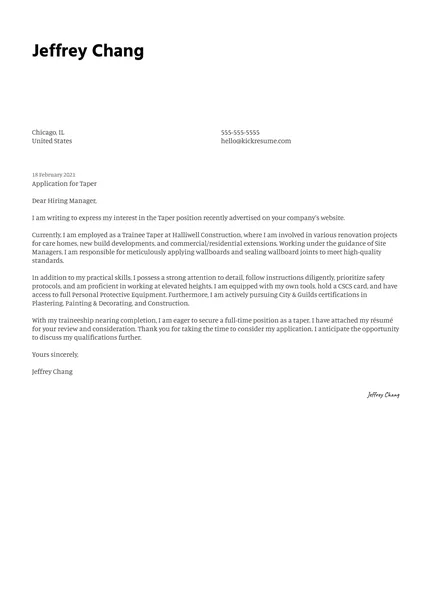
Dear [Hiring Manager Name],
I am writing to express my enthusiastic interest in the Animal Caretaker position at [Shelter Name], as advertised on [Platform]. Having followed [Shelter Name]’s work for some time, I am deeply impressed by your commitment to providing exceptional care for animals in need. My passion for animal welfare, combined with my skills in [mention relevant skills], makes me confident I can contribute effectively to your team. This is how your opening should look!
Highlighting Skills Example
Although my previous experience is not directly in an animal shelter, my role as a [Previous Role] has equipped me with valuable transferable skills. For example, in my previous role I was responsible for [previous role responsibilities]. These experiences have enabled me to develop strong communication skills, which I believe are critical in animal care, as it is always important to listen to the animals.
Closing Statement Example
Thank you for considering my application. I am eager to learn more about this opportunity and discuss how I can contribute to [Shelter Name]’s mission. I am available for an interview at your earliest convenience. You can reach me at [Phone number] or [Email address].
Sincerely, [Your Name]
Proofreading and Submission
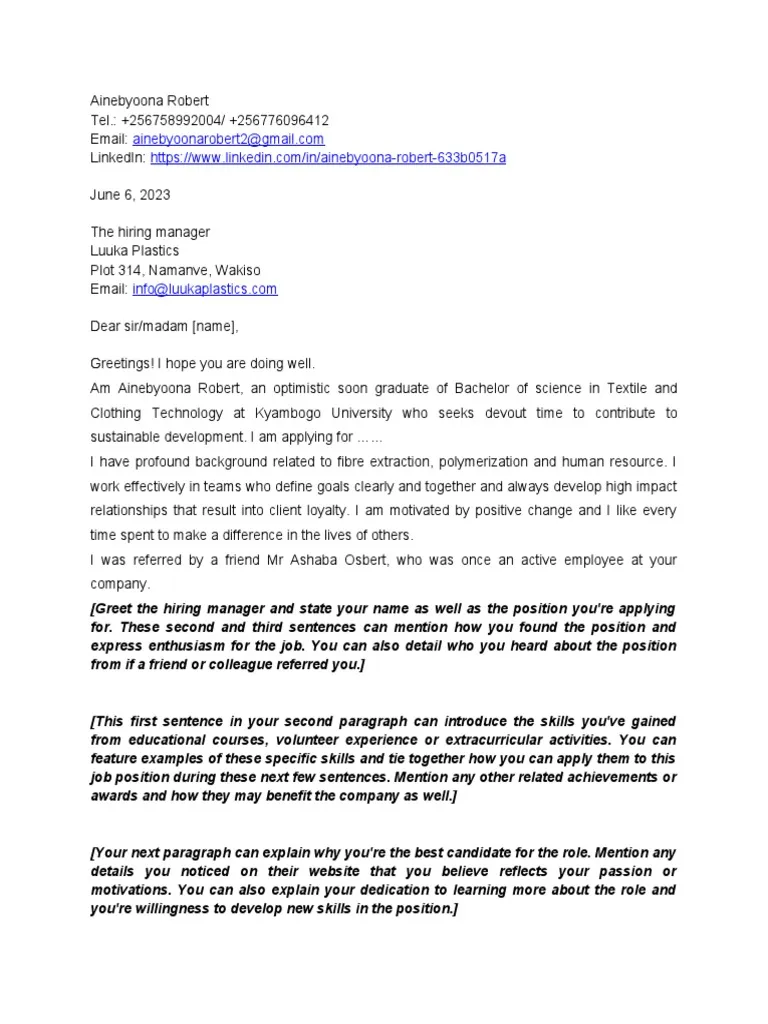
Proofreading for Errors
Before submitting your cover letter, proofread it carefully for any errors. Check for spelling mistakes, grammatical errors, and typos. Ensure that your contact information is accurate and up-to-date. It’s a good idea to have someone else review your cover letter, as a fresh pair of eyes can often catch mistakes you might have missed. A polished, error-free cover letter reflects your attention to detail. This demonstrates professionalism and enhances your chances of making a favorable impression. Make sure everything is perfect!
Submitting Your Cover Letter
Follow the instructions provided in the job posting for submitting your cover letter and resume. Some shelters may prefer electronic submissions via email, while others may require a paper copy. Ensure that you submit your application in the correct format (e.g., PDF or Word document). Always follow up with the shelter if you haven’t heard back within a reasonable timeframe. A well-submitted application, following all instructions, shows your attention to detail and respect for the hiring process. Ensure everything is correct, and your chances will be better than others.
